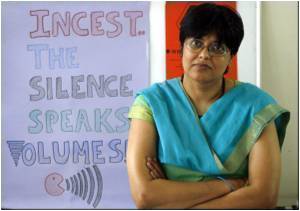
Murderers who kill intimate partners and family members have more severe mental illness (particularly psychotic disorders), few previous felony convictions, are less intelligent and have more cognitive impairment, the study said.
The new knowledge about murderers who commit what is called spontaneous domestic homicide -- emotionally driven crimes that are not premeditated -- could enable early intervention to prevent the homicide.
"The findings provide important information that may help prevent future domestic homicides, because they help identify individuals at risk of committing domestic murders," said lead study author Robert Hanlon, director of the forensic psychology research lab at Feinberg School of Medicine, Northwestern University in Chicago, Illinois.
"The killers in this group are very similar to each other and different from men who commit non-domestic murders, which are often premeditated. These murders are in the heat of passion and generally involve drugs or alcohol and often are driven by jealousy or revenge following a separation or a split," said Hanlon.
For the study, Hanlon interviewed and personally evaluated 153 murderers for more than 1,500 hours. Participants were men and women charged with and/or convicted of first degree murder in Illinois, Missouri, Indiana, Colorado and Arizona in the US.
Advertisement
Source-IANS









